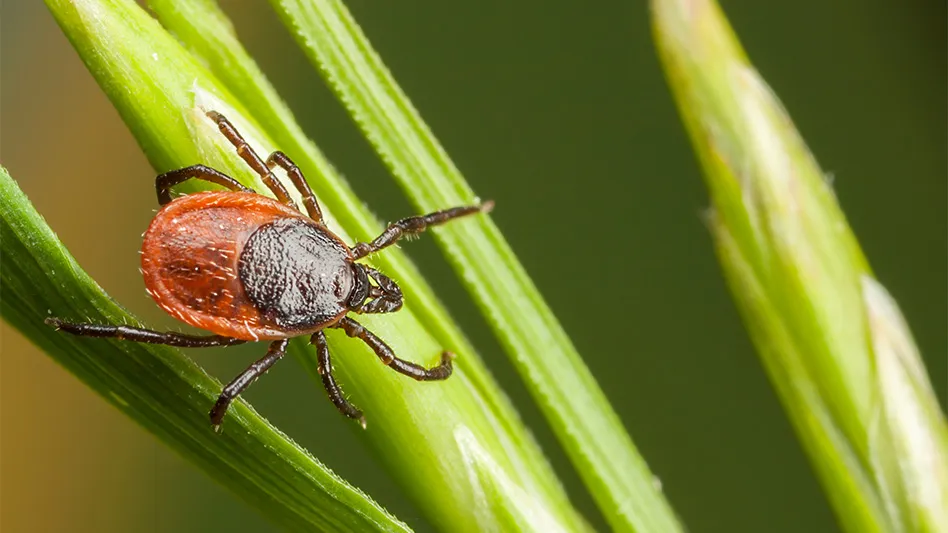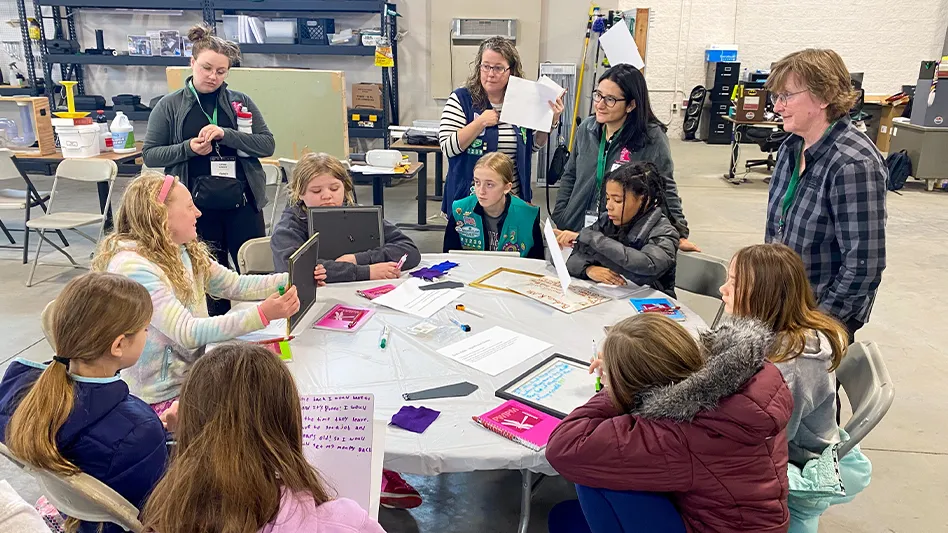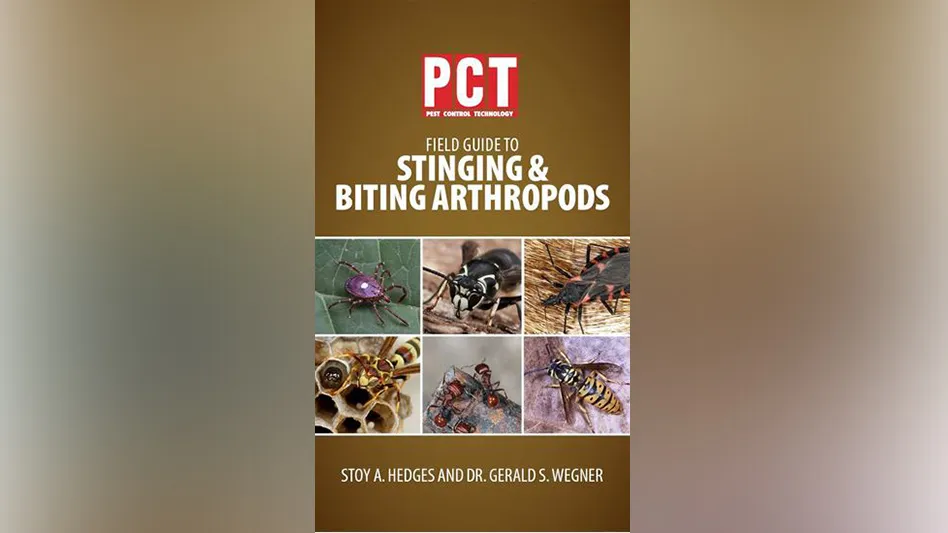How do you know when you need protective gloves? Check "Precautionary Statements" section of the pesticide label. It may specify gloves. On the other hand, the label may simply say, "Do not get on skin" or "Avoid contact with skin." These warnings should clue you that gloves would be a good idea, at least when handling pesticide concentrate. For most applications waterproof and chemically-resistant gloves are recommended. The best glove depends on the kinds of chemicals you work with. What follows are some basic guidelines for selecting the proper glove for the job:
- Never use leather or fabric gloves when working with liquids. They absorb pesticide and can’t be decontaminated. For the same reason, avid fabric-lined gloves.
- For all-purpose use, choose and unlined "rubber" glove. Select neoprene or nitrile gloves for working with highly toxic pesticides or concentrates. Latex rubber, vinyl or plastic gloves will suffice for less toxic or diluted pesticides.
- Select gloves that are lightweight and flexible. If they’re too heavy and stiff, you won’t wear them.
- The gloves should be long enough to cover the wrist when a cuff is turned up during overhead work. Halfway to the elbow is a good length.
- Waterproof or rubber gloves cannot be used with Vikane or methyl bromide. Aluminum and magnesium phosphide fumigants require cotton gloves. Check the fumigant label for the appropriate glove material.
The preceding article was excerpted from the Sept. 2, 1990, edition of techletter, a publication of Pinto & Associates. To subscribe to the bi-weekly newsletter, write: Pinto & Associates, 914 Hillcrest drive, Vienna, Va. 22180, or call 703/938-3299.

Explore the July 1991 Issue
Check out more from this issue and find you next story to read.
Latest from Pest Control Technology
- Viking Pest Control Organizes a Charity Bike Build for Local Families
- Gaining Control of Structure-Infesting Carpenter Ants
- Big Blue Bug’s Brian Goldman Receives Rhode Island Small Business Person of the Year Award
- UF Researchers Examine How Much Bait it Takes to Eliminate a Subterranean Termite Colony
- Women in Pest Control Group Continues to Grow, Provide Opportunities in the Industry
- NPMA Announces Results of 2024-2025 Board of Directors Election
- Massey Services Acquires Orange Environmental Services
- Hawx Pest Control Wins Bronze Stevie Award for Sustainability





